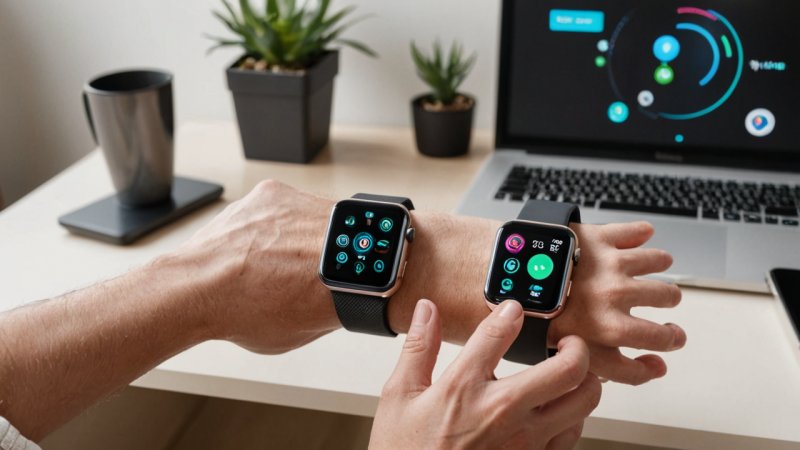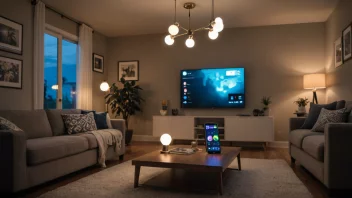Introduction
In the age of technology, wearables have become an integral part of our daily lives. Whether it's a smartwatch that tracks your fitness or smart glasses that provide notifications, these devices can seamlessly integrate into your smart home ecosystem. In this article, we will explore how to effectively connect your wearables to enhance your smart home experience, making your life easier and more efficient.
Step 1: Understand Your Wearable's Capabilities
Before diving into integration, it's crucial to understand what your wearable can do. Most modern wearables come with a variety of features that can complement your smart home devices. Common capabilities include:
- Fitness tracking
- Notification mirroring
- Voice command functionality
- Health monitoring
- GPS tracking
Familiarize yourself with your device's specifications and supported integrations to maximize functionality.
Step 2: Choose Compatible Smart Home Devices
Next, identify which smart home devices are compatible with your wearable. Popular brands like Google Home, Amazon Alexa, and Apple HomeKit often support a wide range of wearables. Look for devices that allow:
- Voice control through your wearable
- Health data syncing
- Notification integration
Ensure that the devices you select can be easily connected with your wearable for smooth operation.
Step 3: Set Up Your Smart Home Hub
Having a central hub for your smart home devices can streamline the integration process. If you don't already have one, consider setting up a smart home hub like Samsung SmartThings, Google Nest Hub, or Amazon Echo. Here’s how to set it up:
- Choose a hub that supports your existing devices and wearables.
- Follow the manufacturer’s instructions to connect your hub to your home Wi-Fi network.
- Download the hub's corresponding app on your smartphone.
- Add your smart home devices to the hub using the app.
Once your hub is set up, you can begin linking your wearable.
Step 4: Connect Your Wearable to the Smart Home Hub
Now that you have a hub in place, it’s time to connect your wearable. Here’s how to do it:
- Open the app associated with your wearable device.
- Navigate to the 'Settings' or 'Connections' section.
- Select 'Add Device' and choose your smart home hub from the list.
- Follow the prompts to link your hub and wearable.
Once connected, you should be able to control your smart home devices directly from your wearable.
Step 5: Customize Your Settings
After establishing a connection, customize your settings to optimize functionality:
- Set up notifications for specific smart home alerts (e.g., doorbell rings, security alerts).
- Configure voice commands to control smart devices through your wearable.
- Sync health data (like sleep patterns or activity levels) with compatible smart home devices.
Personalizing these settings will enhance your smart home experience and ensure you get the most out of your wearable.
Step 6: Explore Automation Features
Many smart home systems allow for automation based on data gathered from wearables. For example, if your wearable tracks your activity levels, you can set up automations to:
- Adjust thermostat settings based on your location.
- Turn on lights when you arrive home.
- Trigger security cameras when you leave the house.
Explore the automation features in your smart home app to see what’s possible.
Step 7: Stay Updated
Technology is always evolving, so keep your devices and apps updated to ensure compatibility and security. Regularly check for:
- Firmware updates for your wearable and smart home devices.
- New features in your wearable’s app that enhance smart home integration.
- Updates on compatible devices in the market.
Keeping your technology current will help you maintain a smooth and efficient smart home ecosystem.
Conclusion
Integrating your wearables into your smart home ecosystem can significantly enhance your daily life. By understanding your wearable's capabilities, choosing compatible devices, and setting up a centralized hub, you can create a seamless experience that improves your home automation. Remember to customize your settings and explore automation features to fully leverage the potential of your technology. Stay updated, and enjoy the convenience that comes with a well-integrated smart home!






